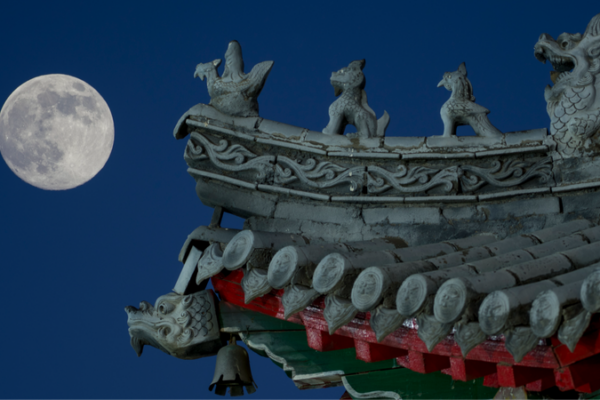
Last Supermoon of 2025 Dazzles as ‘Cold Moon’ Peaks 🌕
December’s ‘Cold Moon’ supermoon – the final lunar show of 2025 – peaked on Dec 5, dazzling early risers worldwide with its bright celestial display.
🌍NewspaperAmigo – Your Global News Buddy 🗞️
Timely Reports, Friendly Voices – Your Daily News Amigo

December’s ‘Cold Moon’ supermoon – the final lunar show of 2025 – peaked on Dec 5, dazzling early risers worldwide with its bright celestial display.
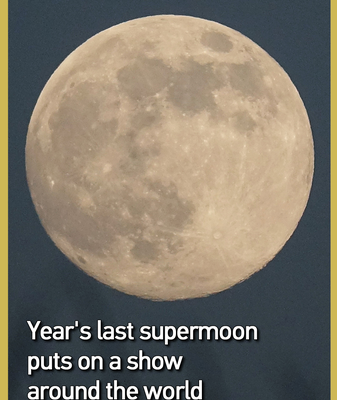
The last supermoon of 2025 lit up skies globally on December 4, offering a stunning celestial display 14% larger and 30% brighter than usual. 🌍🌕
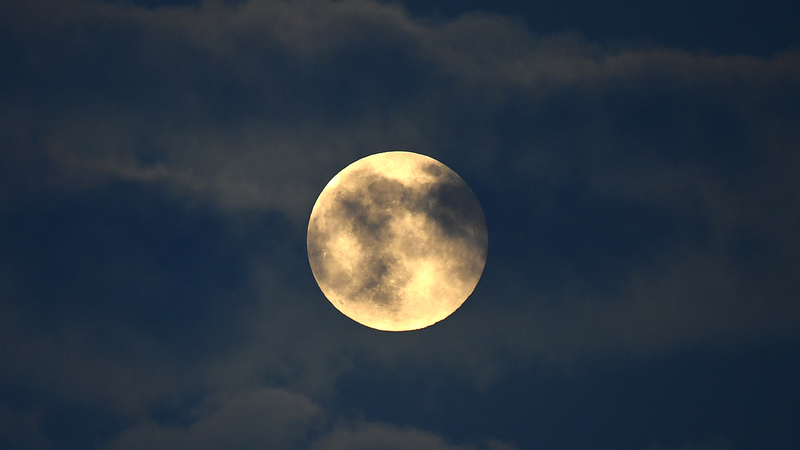
The last supermoon of 2025 dazzles tonight! Discover how to catch this celestial show and why it’s a must-see. 🌕🔭 #Supermoon2025
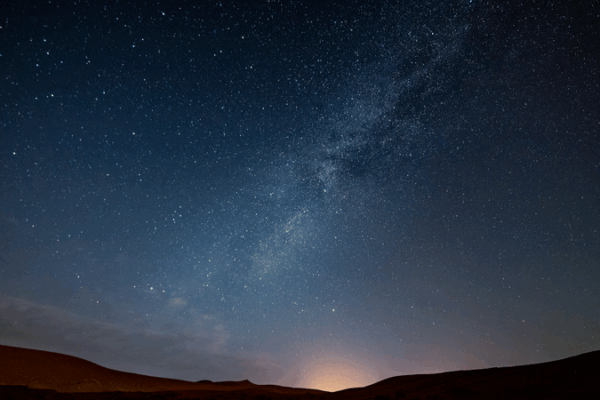
China’s Einstein Probe satellite reveals mysterious cosmic ‘fireworks,’ uncovering rare black holes and explosive events in the Milky Way since its 2024 launch. 🌌✨
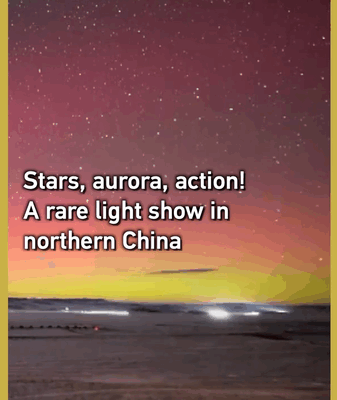
Rare auroras dazzle northern China during intense geomagnetic storm, with space weather reaching maximum intensity on November 12, 2025.

China’s Tianwen-1 orbiter captures historic images of interstellar comet 3I/ATLAS, marking a breakthrough in deep-space exploration. 🌌🚀
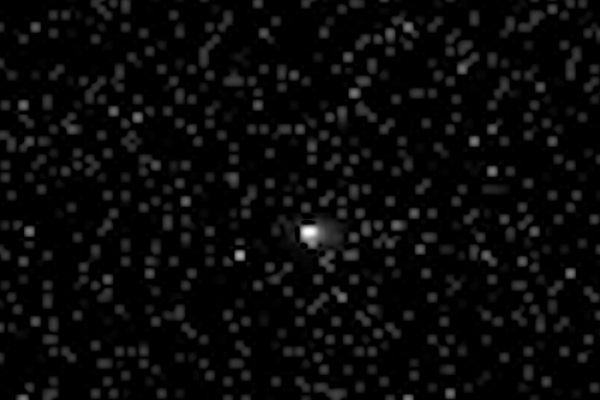
China’s Tianwen-1 Mars orbiter captures close-up images of interstellar object 3I/ATLAS, offering new insights into cosmic visitors. 🌌🔭
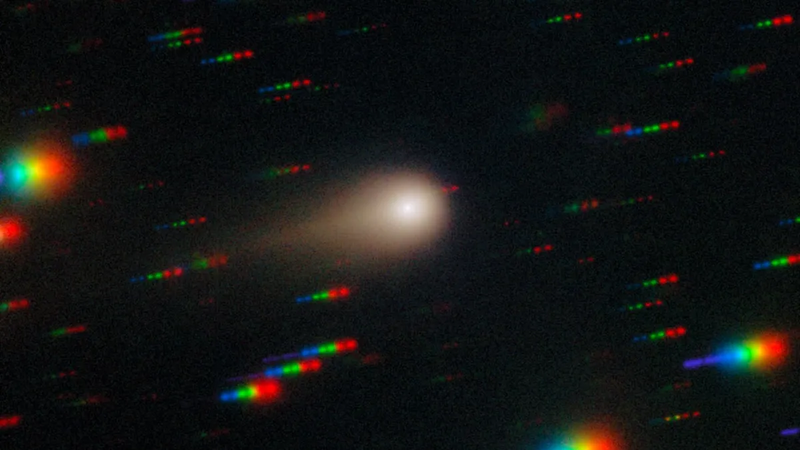
ESA enlists Mars & Jupiter missions to study interstellar comet 3I/ATLAS, unlocking secrets of cosmic material between stars. 🌌🚀
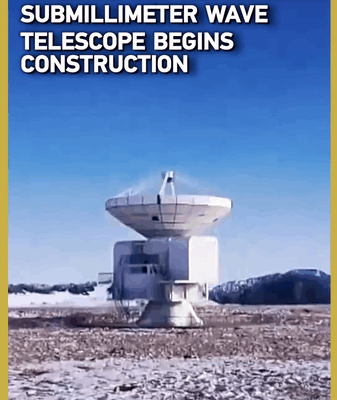
China’s XSMT telescope, set to join global efforts in capturing black hole images, marks a leap in homegrown space tech. 🌌🔭
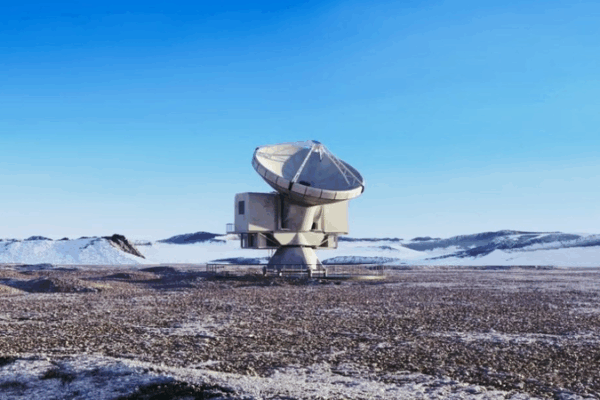
China’s new XSMT telescope on the Qinghai-Xizang Plateau will explore star formation and cosmic mysteries by 2027. 🚀🌌